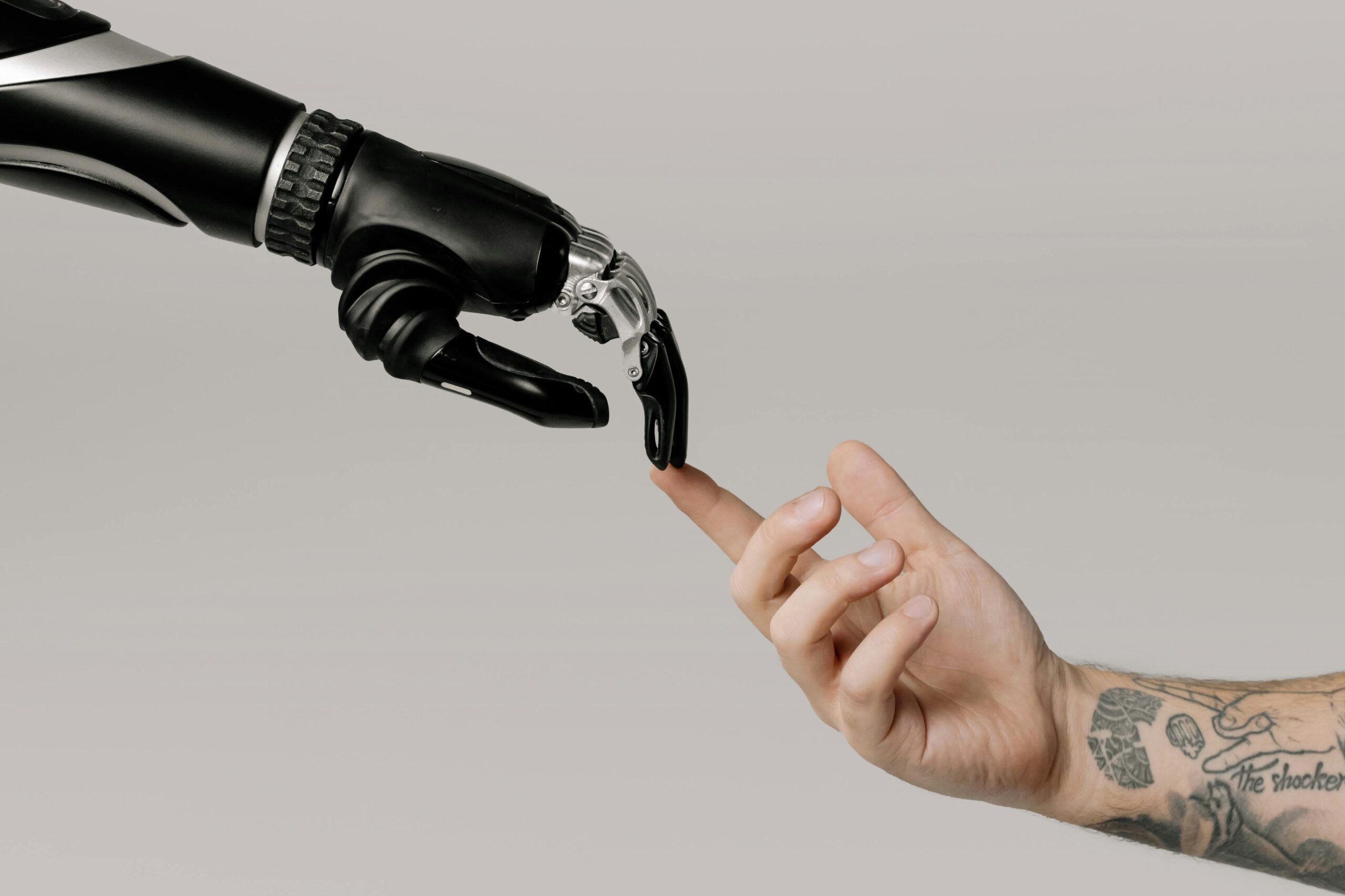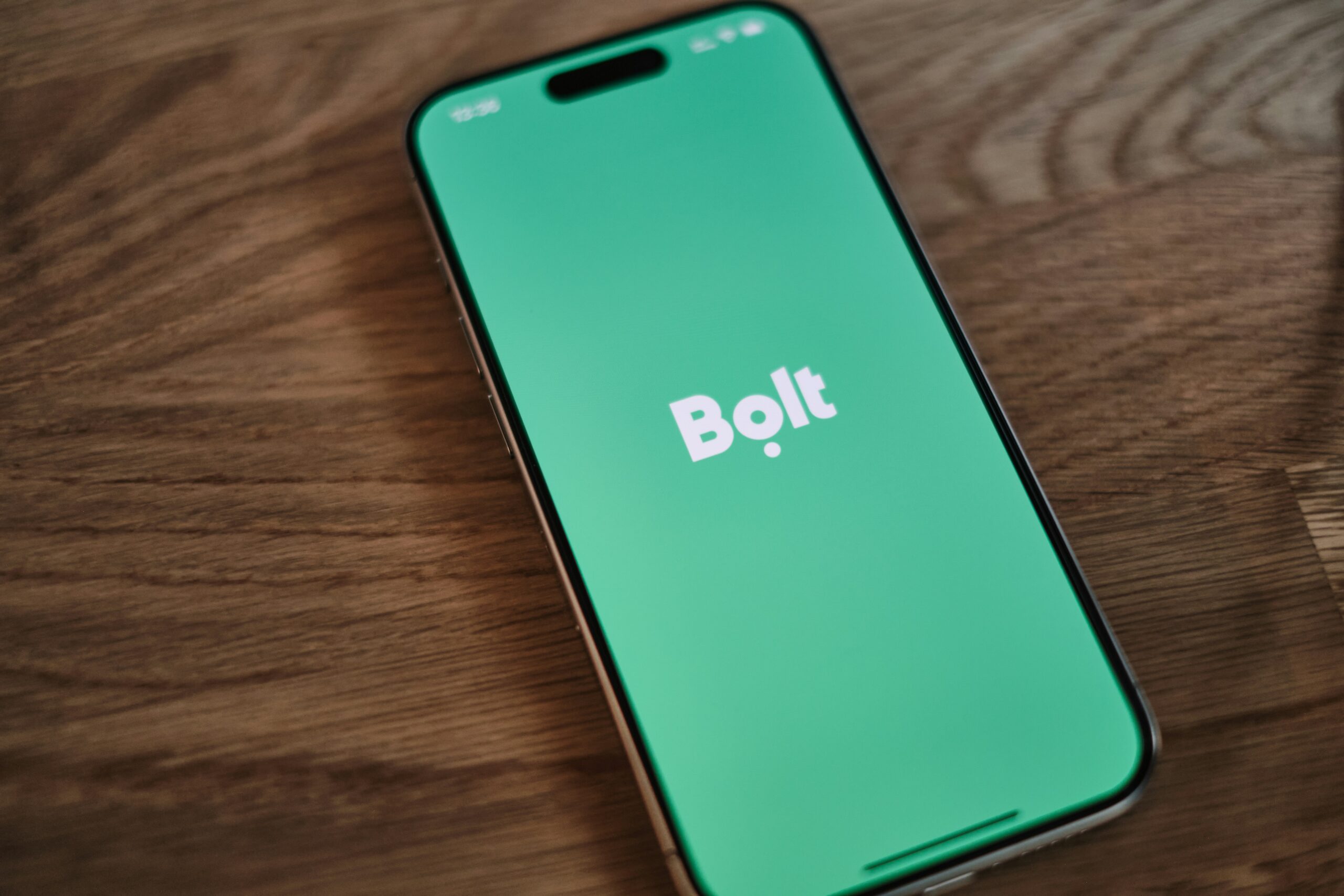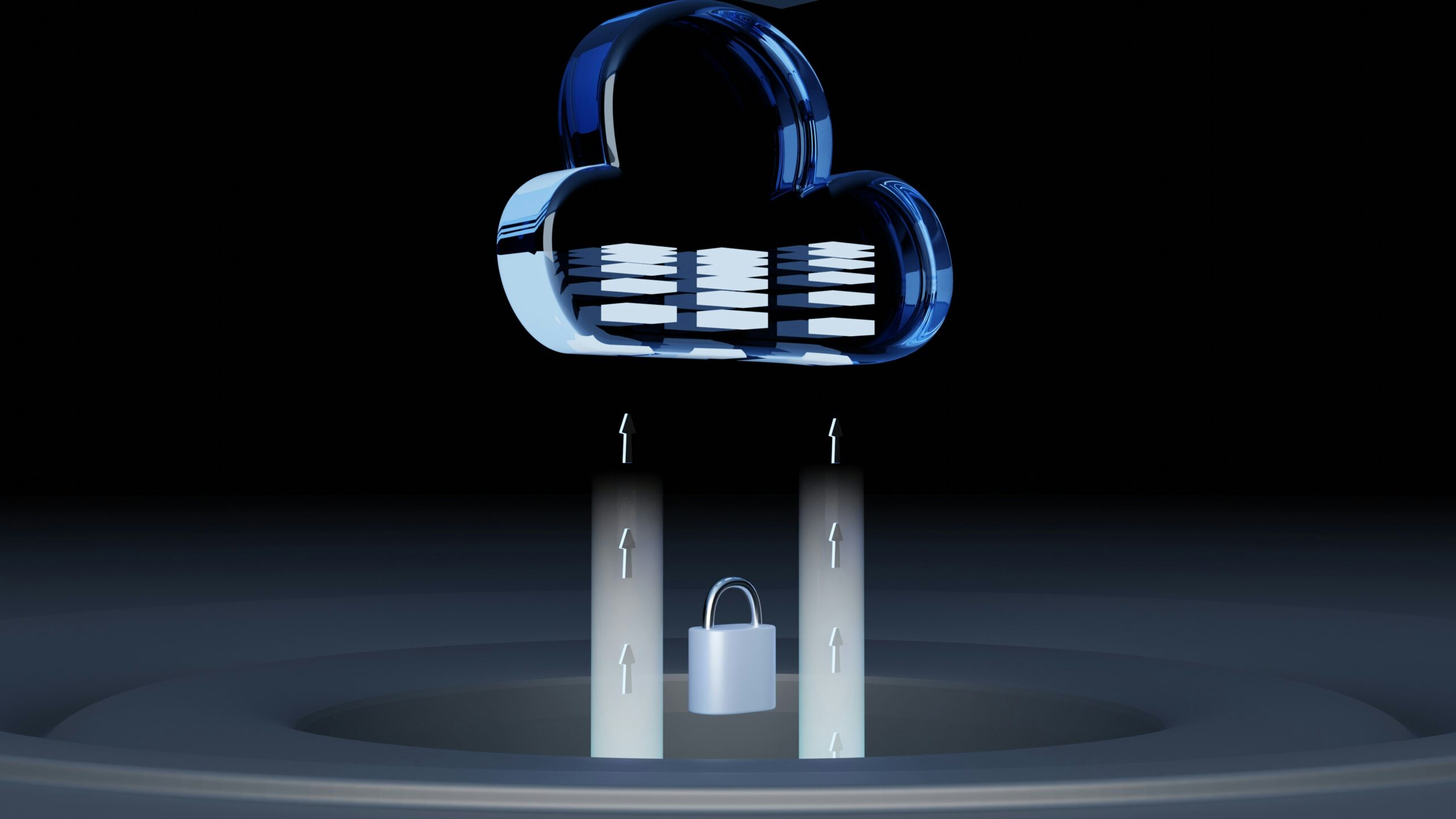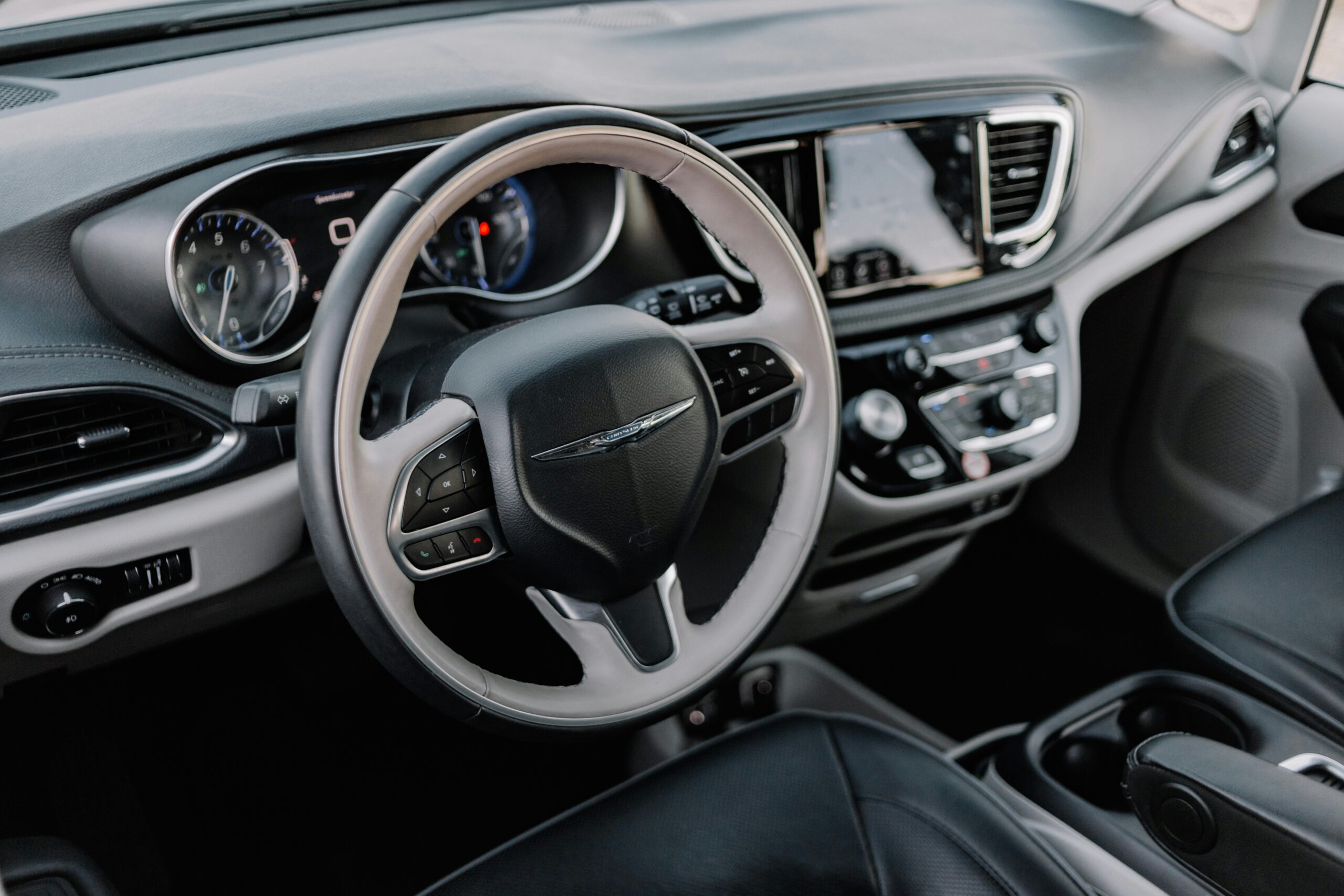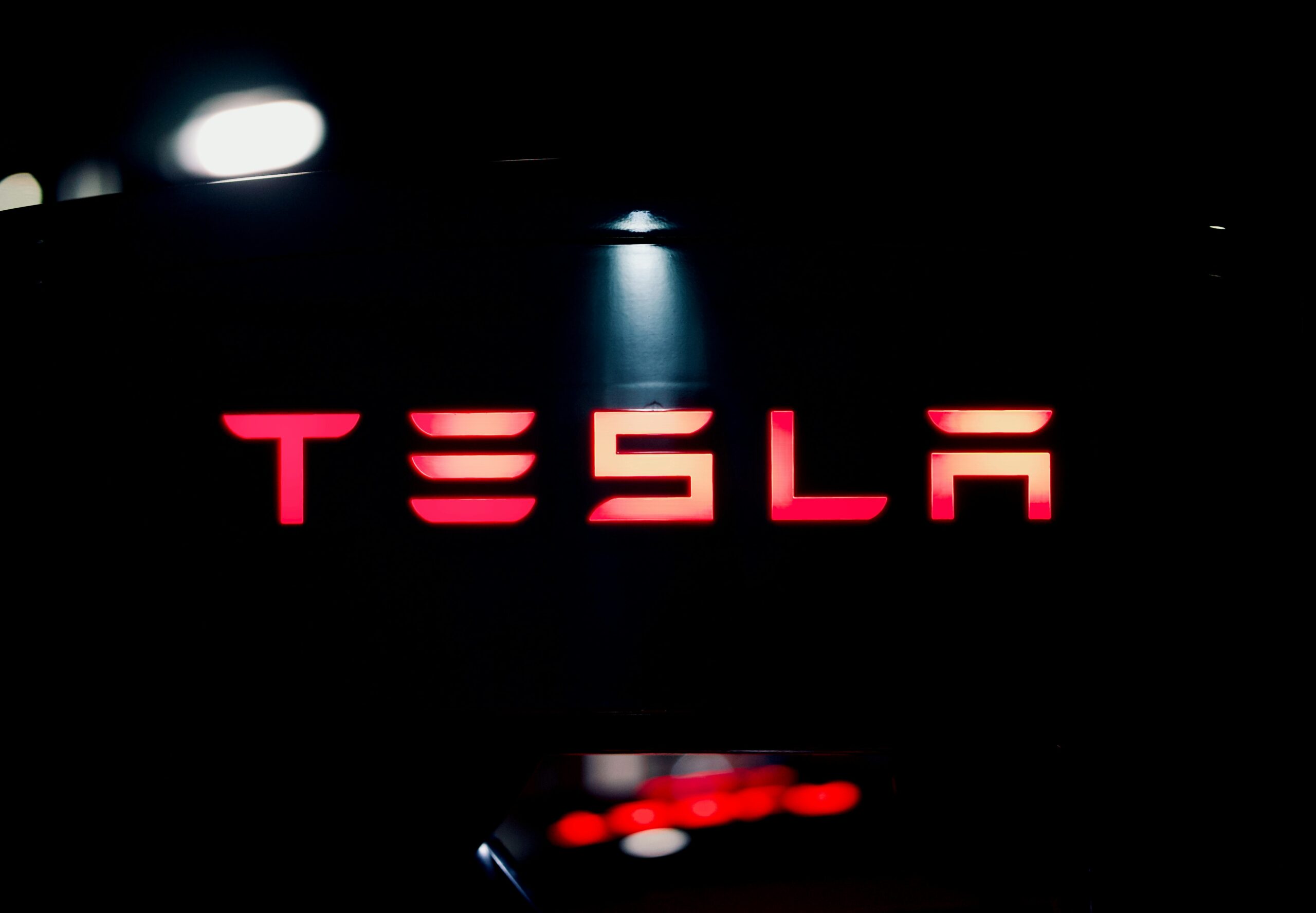Image credit: Unsplash
Widespread EV adoption in the West is facing severe market challenges. Declining adoption rates and competition from Chinese manufacturers are pushing electric vehicles out of the popular market.
In the Western world, there is a lack of EV charging infrastructure, leaving customers unsure of how they can charge outside their homes. Range anxiety is a massive concern for EV owners, and the lack of infrastructure support pushes away even more people.
Fast Charging Is Key to Overcoming EV Adoption Barriers
Fast charging technology is emerging as a convincing factor for customers considering buying an EV. Many lack home charging options due to living in an apartment, having a small home, not having a garage, and many other factors that could prevent individuals from being able to charge at home. The only feasible option for many is to charge while away from home.
A recent study by Deloitte showed that the charging experience was the number one barrier to entry for EVs. Adopters are concerned about charging speed when considering an electric vehicle. If quick charging is addressed, customers would likely feel less hesitant to buy EVs, knowing they could charge even on the go.
Strategic Partnerships Can Help Drive Innovation
Instead of developing the entire car’s technology themselves, automakers can partner with battery technology companies that specialize in making efficient, long-lasting batteries. Coupling these two sectors can enhance innovation in the EV market and create a powerful force that reignites widespread interest in EVs.
StoreDot is a company that specializes in creating silicon EV batteries. It is actively partnering with major OEMs (original equipment manufacturers) like Volvo and Polestar, helping to create a new standard for electric vehicle battery performance.
Technological Innovations in Fast Charging
The latest advancements in EV battery technology focus on solutions like silicon-based battery cells for high-speed charging (XFC). Fast charging is appealing for individuals looking to charge as they go, reducing the disadvantages of charging an electric vehicle.
By charging a battery from 10% to 80% in just ten minutes, StoreDot demonstrated its XFC capabilities in a Polestar5 EV using existing charging infrastructure. This impressive time changes how customers and stakeholders view EV accessibility.
StoreDot’s CEO, Doron Myersdorf, says, “The future of electric vehicles hinges not just on battery innovation but on creating charging solutions that are accessible and safe. StoreDot’s XFC technology aims to solve both, enabling a 10-minute charge without compromising range or safety.”
Challenges in Infrastructure Development
Adopting more XFC-capable vehicles requires a greater need for high-power DC charging stations. The cycle repeats itself as technology continues to increase in efficiency. This can make it hard for infrastructure to keep up with the demand for even faster-charging vehicles, creating a “chicken and egg” effect where no solution ever meets the changing needs.
As more companies demonstrate the ability to create safe, effective XFC technology, there is a greater need to invest in charging infrastructures. Although this cycle can seem hard to overcome, as the standards for electric vehicles begin to level and stakeholders see the importance of investing in similar infrastructures, support for XFC EVs will return to normal growth levels.
The Path Forward for EV Adoption
Addressing technological and infrastructure challenges will again make EVs popular, as they have the potential to be eco-friendly and cost-effective transportation. The ongoing need for innovation and strategic collaborations drives the future of EVs.
Companies can stay ahead of the demand curve by investing in XFC batteries and charging infrastructure. As competition rises for faster vehicle charging, customers will no longer see charging as an obstacle but rather a perk of owning an electric vehicle.



































